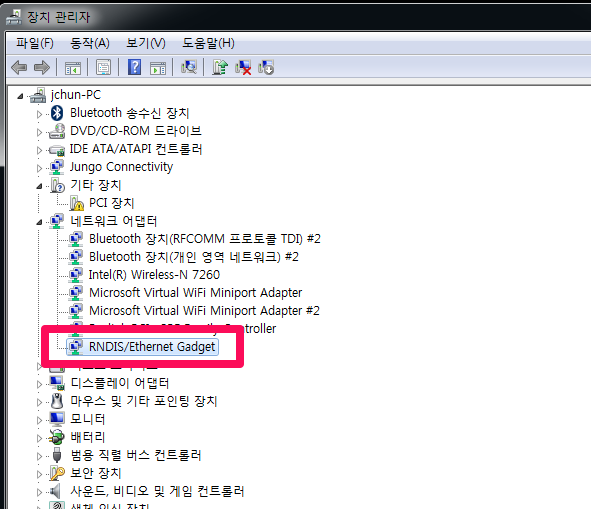Rndis Driver Windows 10
RNDIS driver is a part of the Windows 7 operating system, but the OS fails to detect it automatically. The following steps will help the user to install the RNDIS driver. 'This kit supplements the Windows Driver Development Kit (DDK) for Remote NDIS (RNDIS) USB Drivers. The Microsoft® Windows® XP and Windows CE.NET operating systems include built-in support for RNDIS USB Drivers.RNDIS USB Drivers are available for redistribution for Windows 98, Windows 98 Second Edition.
The new Intel Android* USB Driver package 1. 10.0 that supports Windows* 10 is available for download at the Intel Developer Zone. It enables you to connect your Windows*-based machine to your Android* device that contains an Intel® Atom™ processor inside. This includes the latest Intel® Atom™ x3 and x5 processor families (SoFIA devices are not supported in this version) and supported host systems with Windows* 10 (32/64-bit) and Android devices including those with Android* 5.x – Lollipop.
USB drivers for Android devices are platform-specific, and there is no guarantee that this Intel USB driver will work for every OEM device. Since most OEMs develop the USB driver for all devices that they sell, we recommend that you also check out the Android* OEM USB driver page that lists the OEM drivers.
This installation instructions document will guide you through installing the Intel® Android* USB Driver package which will enable you to connect your Windows* based machine to your Android device that contains an Intel® Atom™ processor inside.
Supported USB profiles
After installing the USB driver package, plug in your Android* device to your computer using your micro-USB to USB cable. The following are the supported USB profiles via the Intel Android USB Driver package:
- ADB (Android Debug Bridge): This is the debug interface of Android. It is mandatory to use in order to re-flash, and debug.
- MTP (Media Transfer Protocol): This is the Windows* protocol to facilitate the transfer of media files.
- PTP (Picture Transfer Protocol): This is the Windows* protocol to allow the transfer of images from digital cameras to computers.
- RNDIS: This provides a virtual Ethernet link using phone network.
- CDC Serial (Modem AT Proxy): This provides the link to Modem to allow to use AT commands through a virtual com port.
Rndis Driver Windows 10 Raspberry Pi
Troubleshooting Errors
Device is not recognized at all
These drivers are only for Intel® devices. If you’re using a device from one of our OEM, please get the drivers directly from their web site, or you can use this list of drivers on the Android* site.
Errors in the Windows* Device Manager
Open Windows Device Manager:
- If USB Mass Storage is visible instead of ADB Device, then right click on the Mass Storage device icon and select ‘Uninstall’.
Then unplug your device from the computer and install drivers’ setup again. - If Android Device is visible with a yellow warning icon, then right click on the Android Device icon and select ‘Uninstall’.
Then unplug your device from the computer and install drivers’ setup again.
Portable Device that has no 'USB debugging' option
There may not be an enabled “USB Debugging” option. The developer options on a phone are hidden by default. Open the settings on a phone, and find the About section. Look through it until the 'Build number' entry is visible. Tap if five times in quick succession, and there should be a small dialog stating it’s now set to developer. Come back to Settings main menu and go into Developer Options, then enable USB Debugging.

Windows XP: When I activate MTP there is no pop-up to allow me to access phone file system or transfer media files.
Samsung Rndis Driver Windows 10
MTP is not supported by default with Windows XP. You have to install Windows Media Player 10 or later.